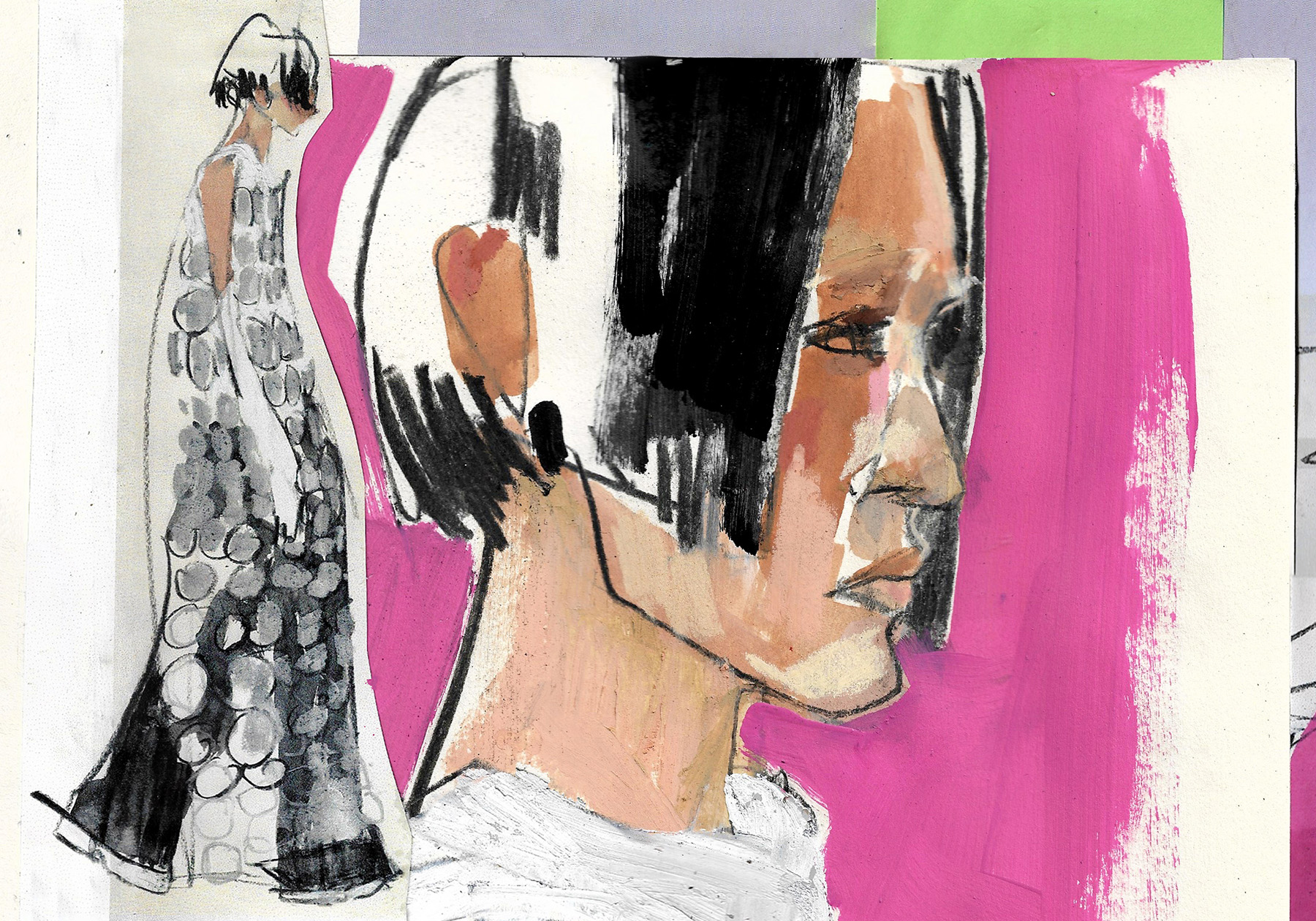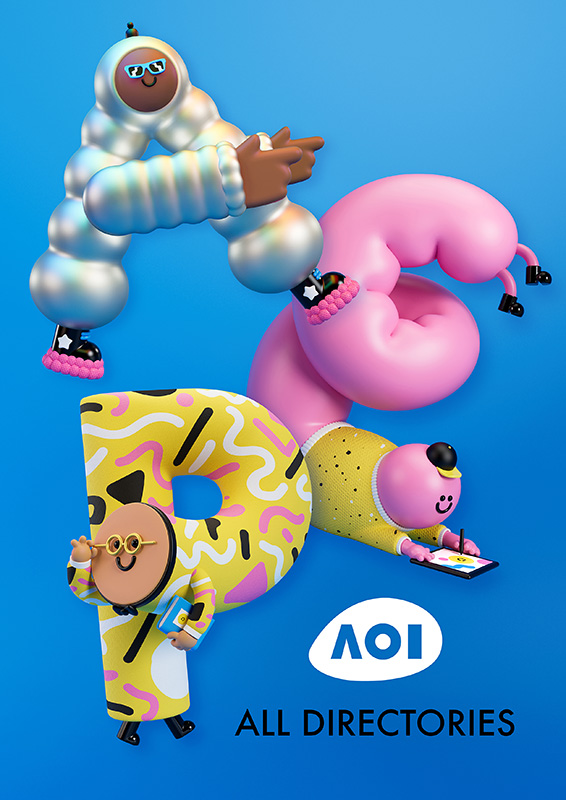All the basic information you need for creating work for fashion projects.
In this article
What are the basics you need to know about fashion illustration? In the following resource we cover the different areas of commissioning, what you’ll need in your portfolio, along with briefs, deadlines, licences and contracts for fashion commissions
This resource is an edited version of the full How To Get Into Fashion Illustration publication by Montana Forbes available to AOI members.
Fashion Illustration
Fashion illustration is viewed as the art of conceptualising and capturing the form of dress, fashion and style for commercial application and as social commentary, and it continues to evolve, especially in the wake of new technologies.

Requirements
There aren’t any particular skills required to be a fashion illustrator, as often fashion illustrators come from various professional disciplines with varying skills. A good skill to develop is an understanding of how to draw anatomy and how clothes or fabric sit on the form. A firm knowledge of fashion beauty and lifestyle brands and designers is important, as well as fashion trends and movements/eras throughout history.
What you need in a fashion illustration portfolio?
The ability to draw figures and faces isn’t a distinct criterion for a fashion illustrator. Experimental drawing styles and a creative application to demonstrate a strong sense of proportion and understanding how clothing items fit on the anatomy is highly regarded. It is crucial to be able to depict a diverse range of people, genders and in some cases cultures. Referencing from photographs is common practice but only as far as taking inspiration.
A collection or sequence of clothing items reflecting an awareness of prevailing trends, designers and brands is favoured.
The different areas of fashion illustration
The different sectors of fashion illustration can be described within two usage categories, internal and external.
Fashion illustration within the machinations of the industry include,
- drafting of prototypes
- sketching items for production lines
- pattern making
- costume design for tailors
- print design on fabric and various surfaces
Fashion illustration outside the industry
- live drawing within a studio space or an event to showcase and/or launch a brand i.e. runway shows.
- beauty products packaging
- lifestyle
- portraiture
- below the line marketing
Fashion Clients
There are a diverse range of fashion clients and commissioners, from small brands to global fashion houses as well as individual collectors of fashion illustration original artwork and prints.
To attract clients a proactive and entrepreneurial attitude should be fostered by connecting with local events of interest. Online platforms and social media are useful tools to engage with various creative industries, brands, and commissioners and to get inspired by other fashion focused illustrators, paying attention to the projects they’re working on and work that is being commissioned in the fashion sphere.
The AOI Client Directories are good place to start in familiarising yourself with the range of publishers out there. The Writers’ and Artists’ Yearbook is also a handy directory.
Briefs
The range of fashion illustration briefs is vast, the differences mainly depend on the product, the scale of the project, its usage and time frame in which the illustrations are used. Briefs are composed by a creative or art director, usually with the input of the wider creative team. Details such as the timeline to produce sketches, final artwork and the number of illustrations required should be stated at the onset of a project.
Deadlines
In most cases the scale of a project determines the deadline. Live drawing due to its immediacy requires illustrations to be created and, in most cases, sold, auctioned, or gifted at events. In publishing, magazines have a quicker turnover, and the deadlines are usually quite short. Book commissions tend to have longer deadlines as there is more time allowance between production and printing
Fees
As illustration is used across a whole range of applications for fashion related projects, there is also a range of fee levels. Larger clients will have bigger budgets, especially in advertising for global brands and fashion houses.
Licensing and Contracts
Licensing in fashion illustration varies depending on the client. Fashion houses and designers usually require usage over the course of a collection’s advertising period or season. Whereas in publishing the duration is dependent on publication time; magazines are usually 1-3 months and books generally have a ‘period of copyright’ licence. Images commissioned for social media platforms for the client’s feed may have an exclusive time period and then an archive right allowing the work to remain online but not be reposted.
Should a contract not be offered, AOI members can use the Illustrator to Commissioner Agreement.
AOI Members can explore the area of site specific Illustration in more depth in the How To Get Into Fashion Illustration publication written by fashion illustrator Montana Forbes.
Go here to read the Publishing Season: Book Covers Basics
Go here to read the Site Specific Illustration Basics
Go here to read the Illustration for Children Basics
Go here to read the Branding Illustration Basics
Go here to read the Editorial Illustration Basics
AOI Members have access to all Inside Illustration content.
Members also have access to the AOI’s Pricing Calculator, which assists with quotes for Site Specific along with other areas of illustration commissioning.
To help find clients, AOI produces annually updated Client Directories at a reasonable price, with contacts for advertising and design, publishing and editorial companies.
AOI speaks directly to the commissioners and passes on information about the kind of work they’re looking for. Details include names, role, email addresses, address, socials and more.
The AOI would like to make resources accessible to all members. If you would like an alternative format please ask.

